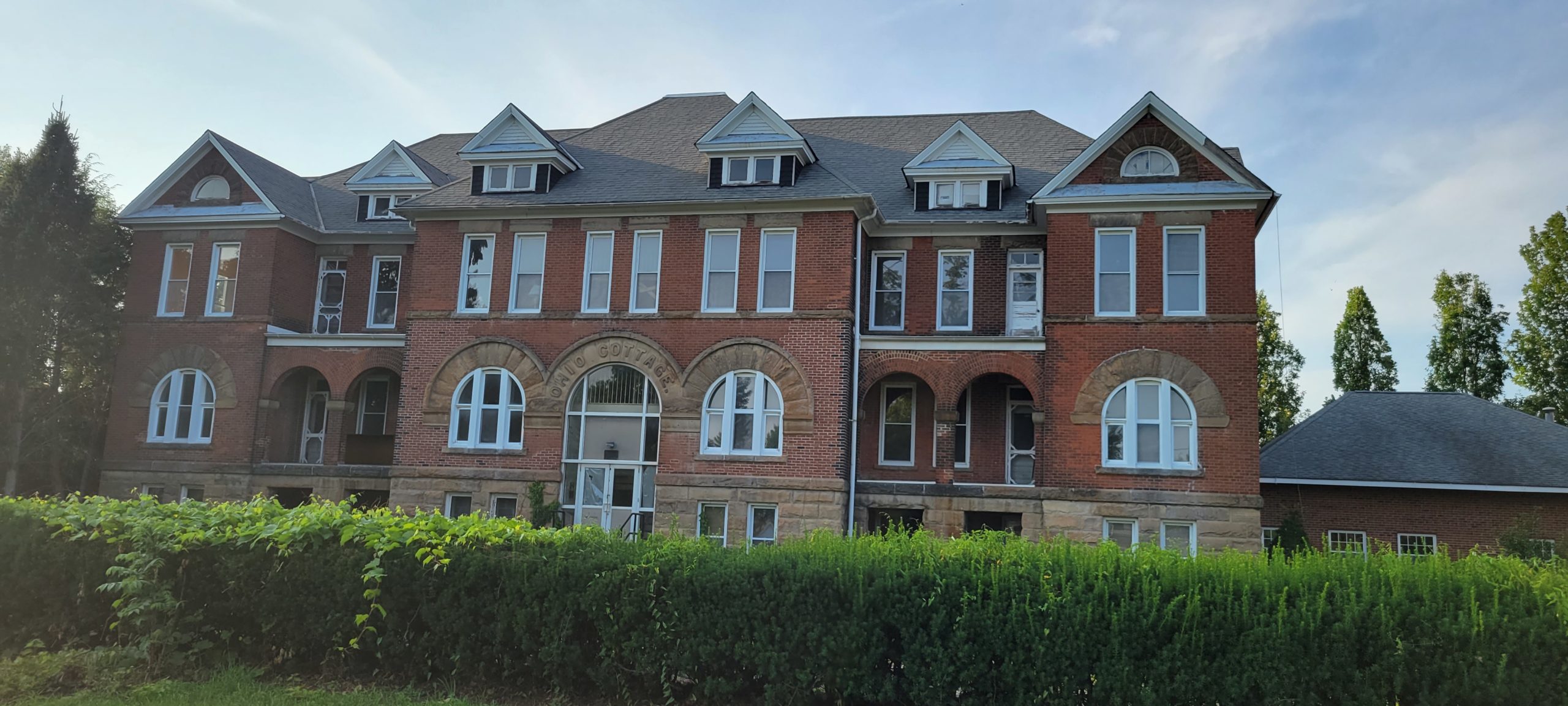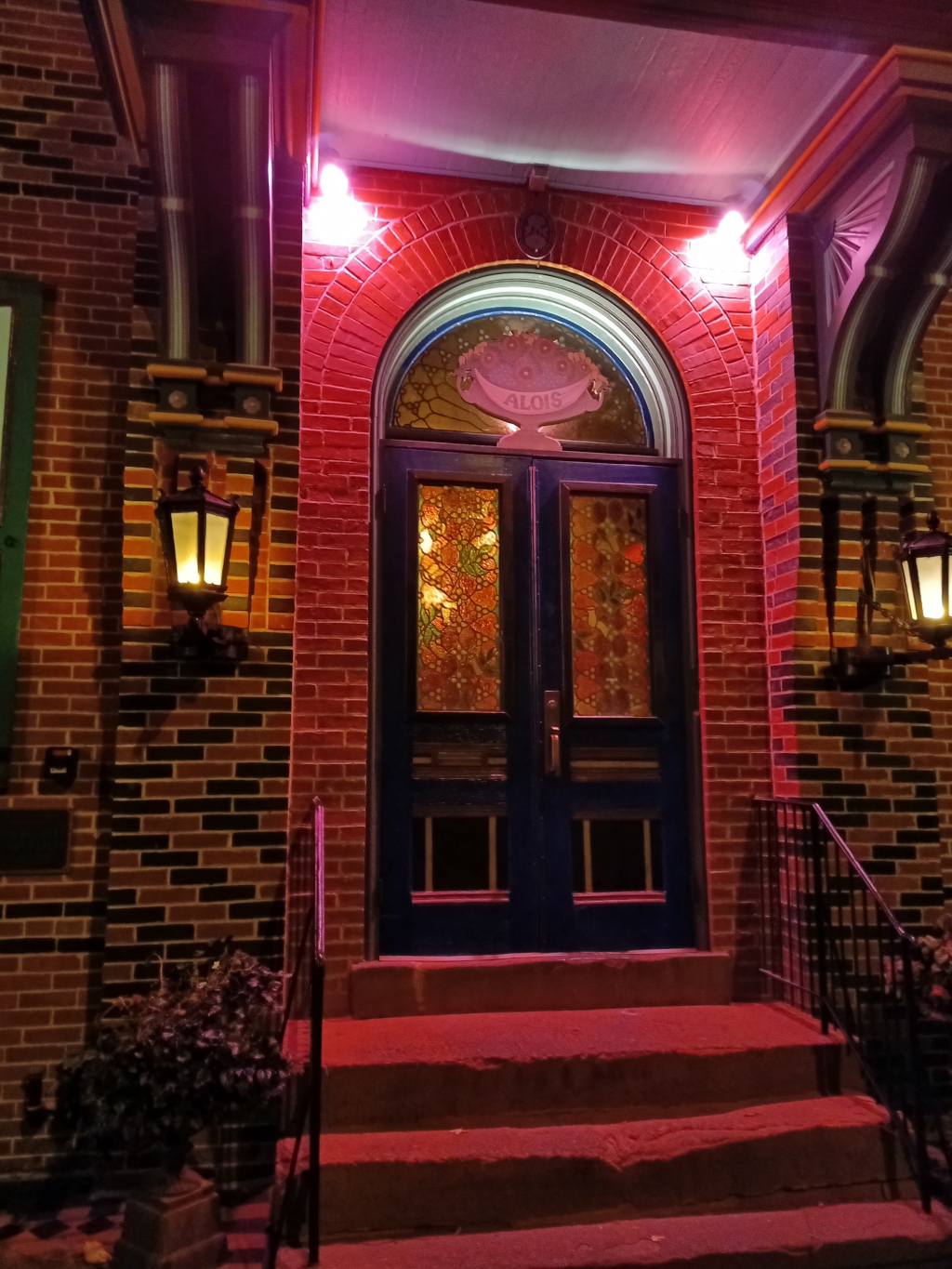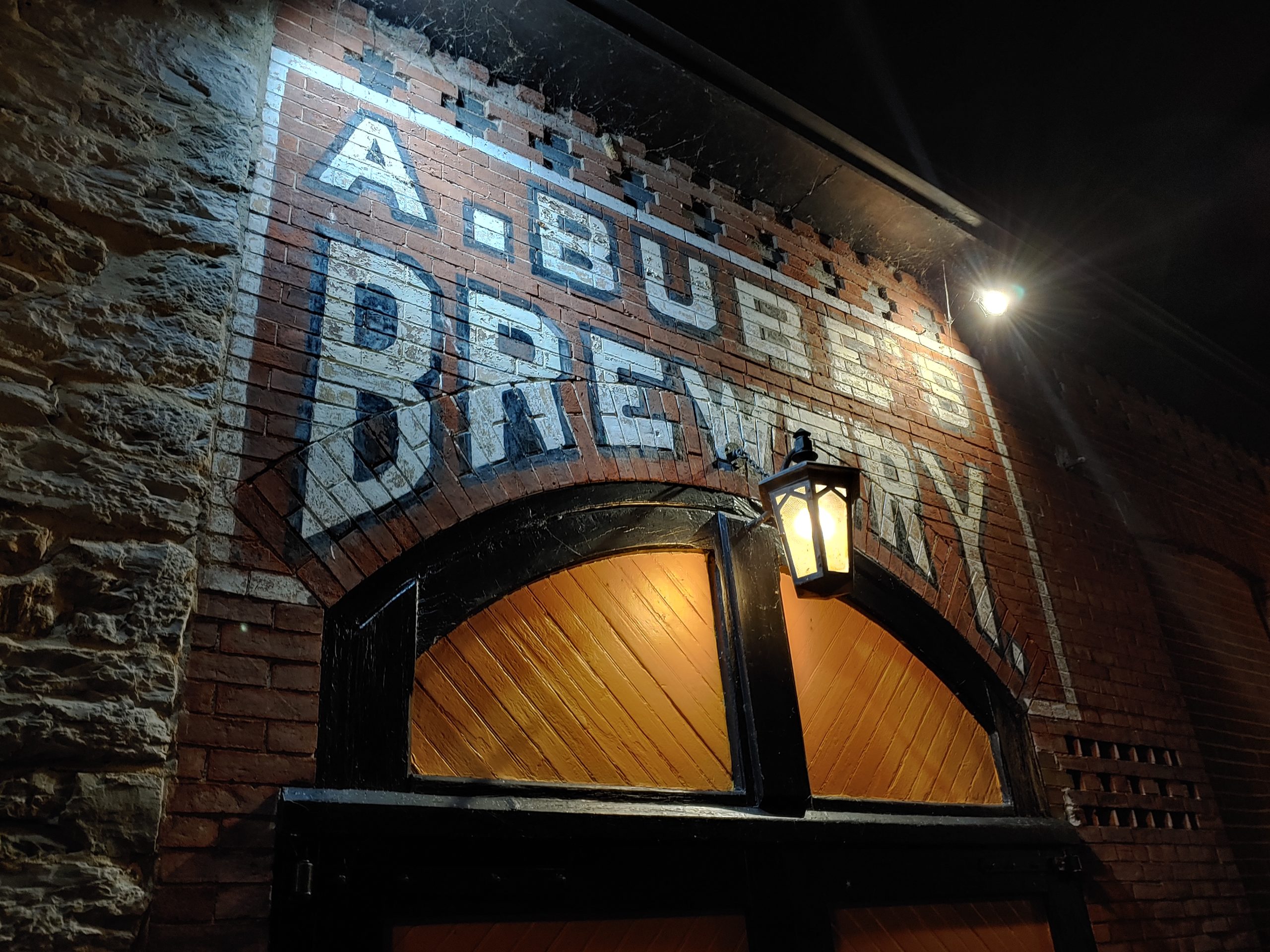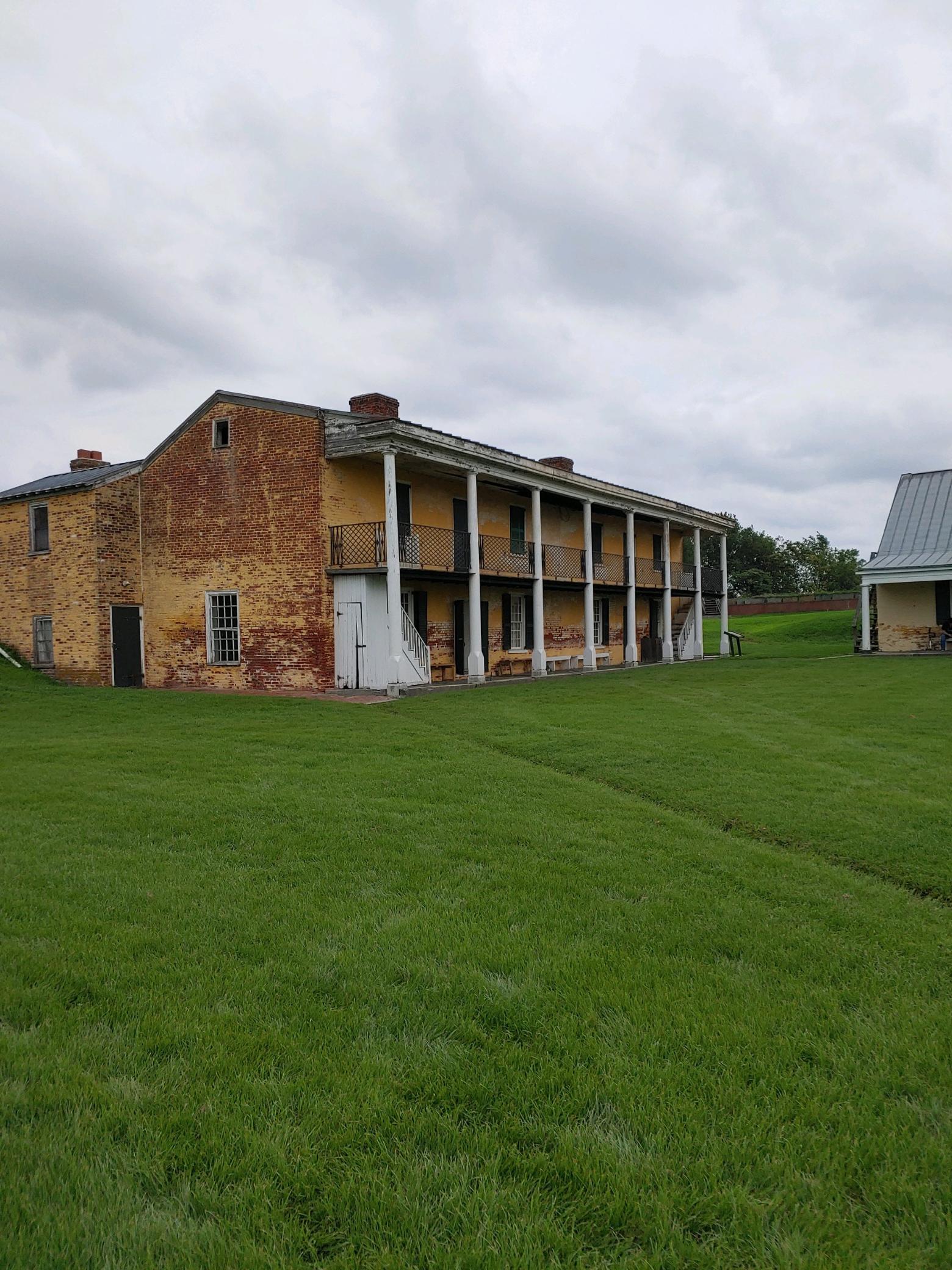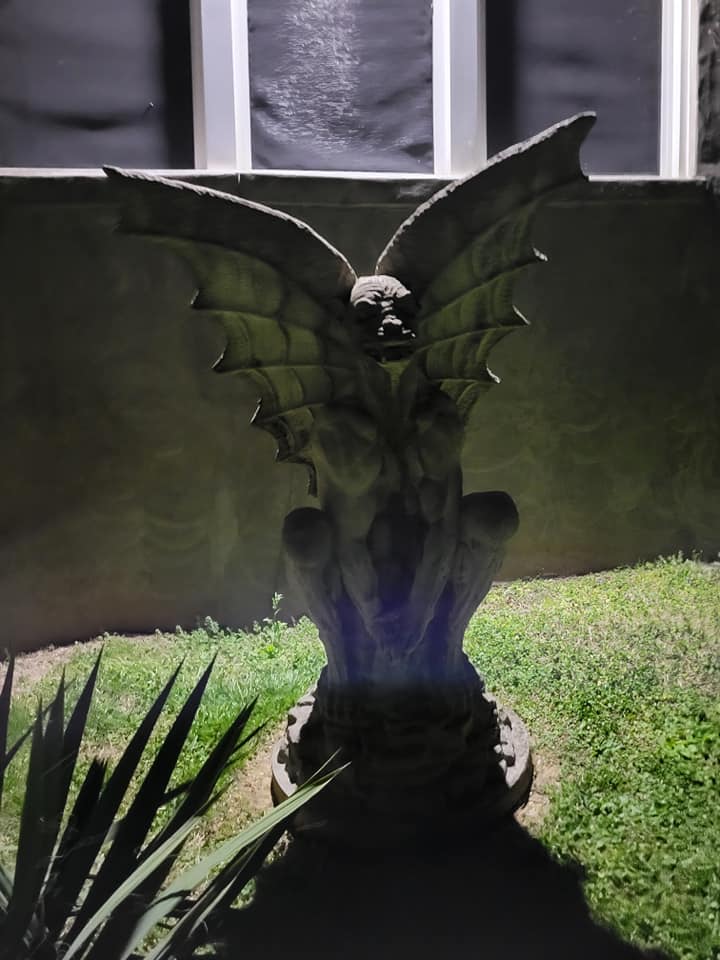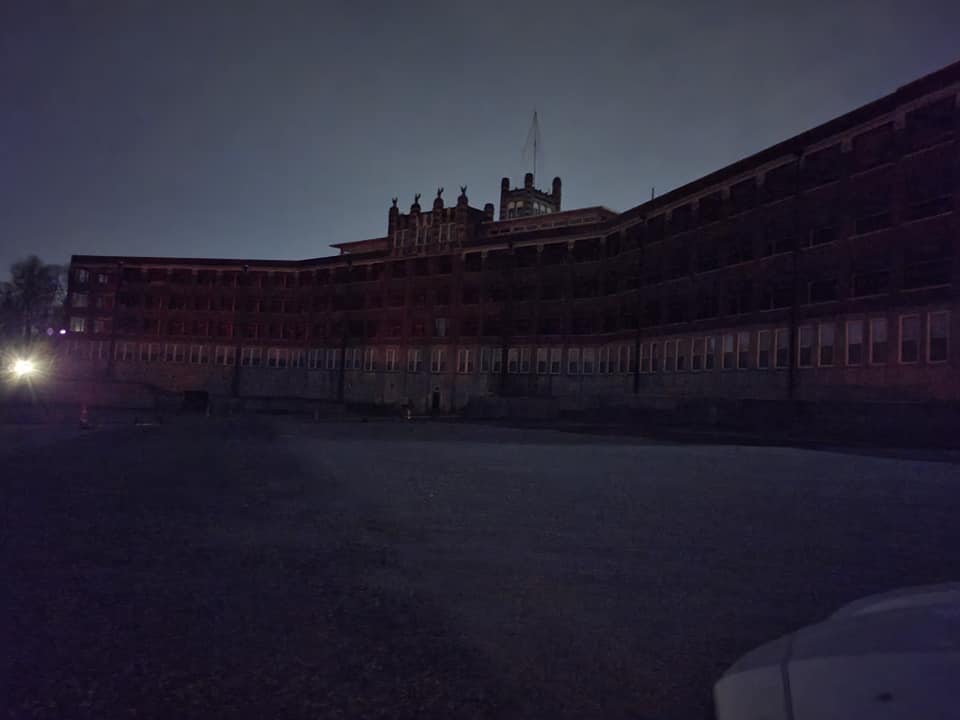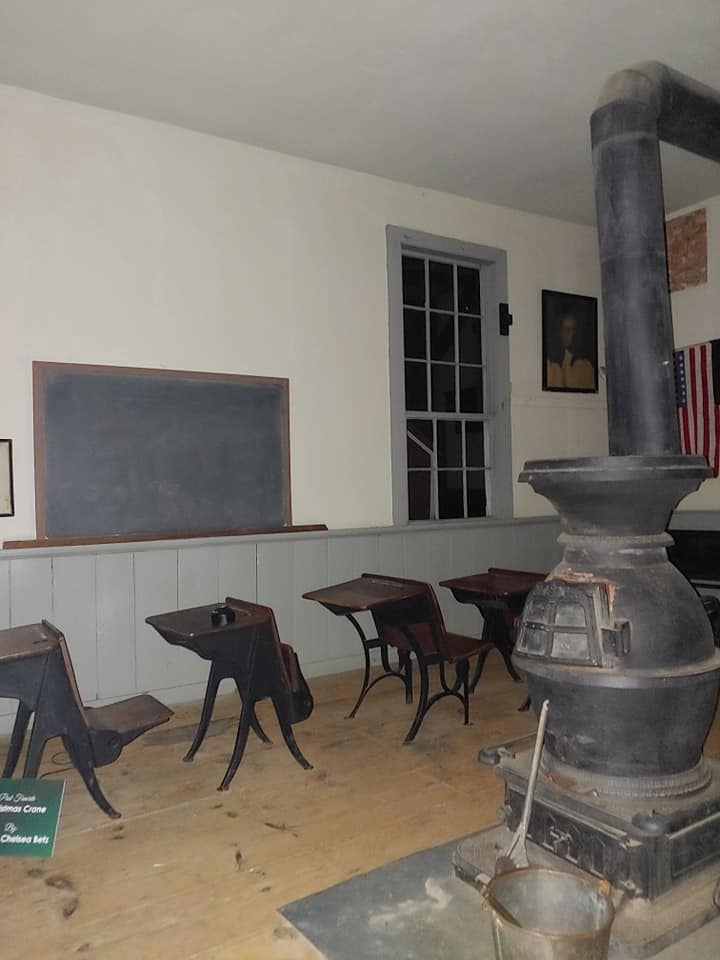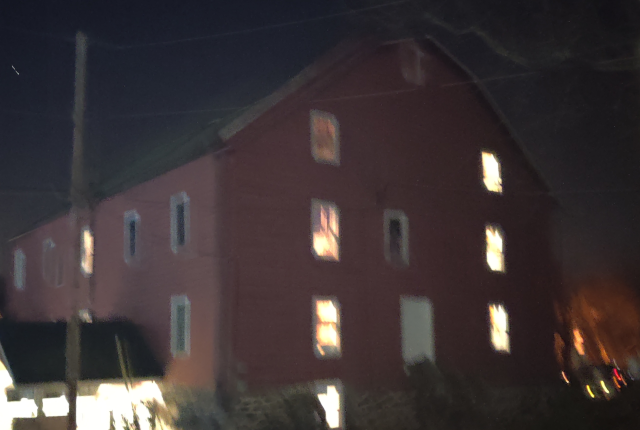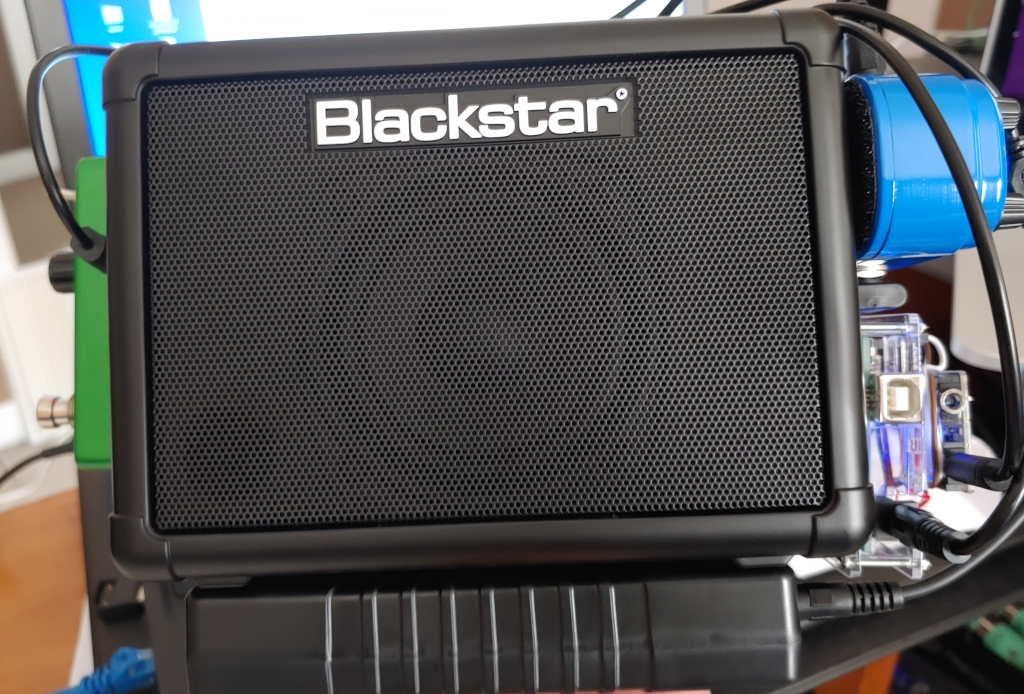Spirit Portal Boxes/Ghost Boxes/Geoport – And Our Own Custom Build.
If you watch certain shows, you will eventually come across something referred to as a “Portal Box/Ghost Box, or a Geoport.” They are usually these large speakers, a lot of LED lights, and they make an echo sound of words that sound other worldly.
First off, the Lights and the light strips are all for show. They may increase the localized EMF field around the box, but LED strips do not really give off that much EMF so they really don’t do anything. The speaker itself with it’s strong magnet puts out a significantly greater amount of EMF then the LED lights.
They are essentially a powered speaker, a noise reducer, and a reverb/echo device with some kind of audio input. Most use a spirit box (a channel hopping radio) or a sound bank app to run the sounds through their boxes.
Since the most common source is a spirit box of some sort, there’s a lot of white noise, or static as the spirit box changes frequencies to a radio station that has nothing broadcasting. The noise reducer (sometimes called a noise gate or a noise pedal) is used to remove a large portion of this static. The slight popping noise you hear at regular intervals in the radio changing stations. The noise reduced signal then goes to a reverb/delay/echo pedal. Any sound which is not filtered out by the noise gate is then echo’ed so it plays over and over again. The idea is the echo/repeating makes it easier to catch something since the spirit box would have moved on to the next station before you were able to hear it. This then is connected to a powered speaker (usually a guitar AMP) so you can control the volume easily. Some of the better AMPs have several other controls so the quality of the sound can be adjusted.
When building ours one we had some requirements.
- It needed to be small. We didn’t want a giant full sized guitar amp.
- It needed to be powered by batteries. Many of the locations we will be using the device offer no power, or is outdoors.
- It needed to be able to be fully “self contained” in so far as it had it’s own power and spirit box device.
- It needed to only scan FM frequencies which are not used for radio broadcasts in the US. This completely eliminates the possibility for rogue radio stations to be what we hear coming through.
- It didn’t linearly scan forward or reverse, but instead hop frequencies randomly. This will help prevent station bleed if we do happen to encounter an illegal broadcast.
- The hop rate of 120ms or a station change every .12 seconds. This means that if anything does comes through, it had to come through across at least 1 or 2 station changes.
- It had to be able to also be connected to a regular spirit box, or other audio/sound bank device.
- We had to be able to disable the reverb and noise reduction capabilities.
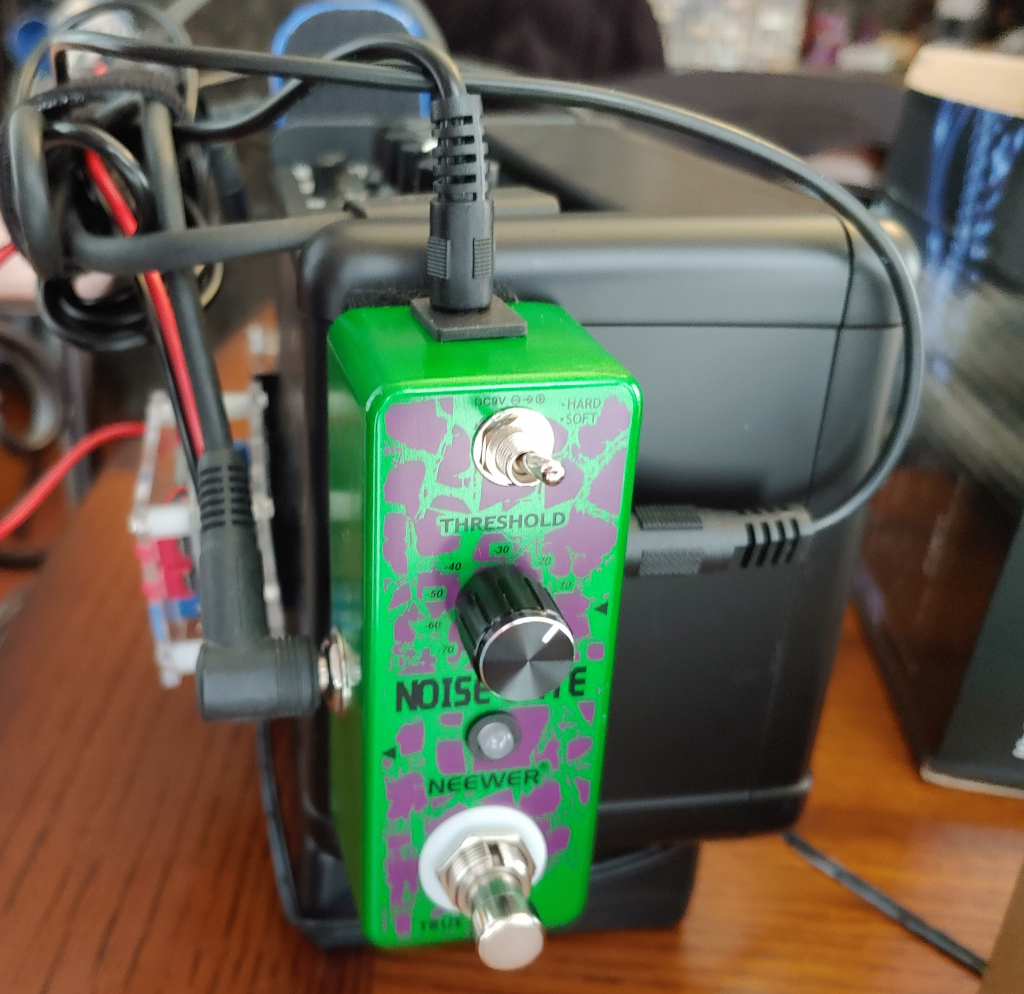
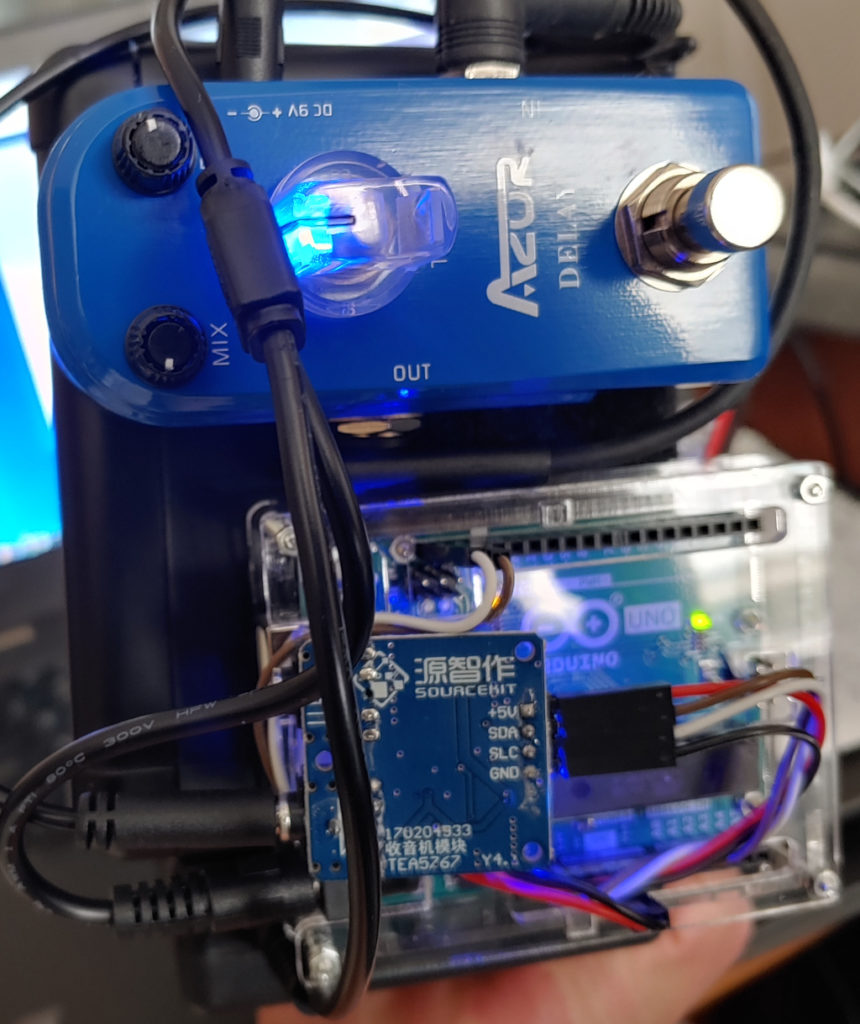
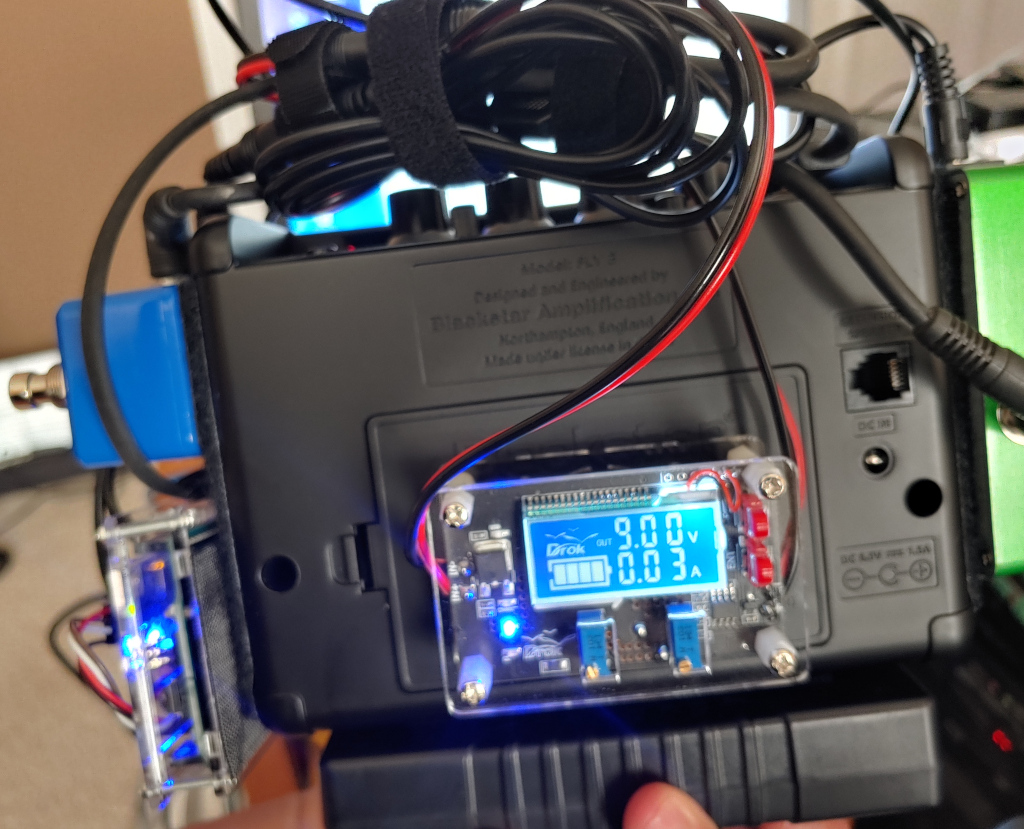
The custom Arduino Spirit Box is the heart of the device. In the US FM radio is broadcast between 87.9Mhz and 108.0Mhz. In some very heavily populated areas the FCC has allowed some stations to broadcast on 87.9 these are extremely rare in the US as that is Broadcast TV channel 6. This is why we used the Arduino. The module we used allowed us to limit the frequencies which would be scanned. We set it up so it will scan every frequency between 75.0Mhz – 87.6Mhz which are not used in the United States for FM radio.
Instead of hard wiring anything we went with industry standard connector cables. This means we can upgrade, swap, replace any component for another. It also means that if we want we can also hook up something other then the Arduino such as another spirit box, or sound bank device.
*NOTE 75Mhz in the US is used for very specific, non voice or audio use such as remote controlled models and very short range wireless devices.



